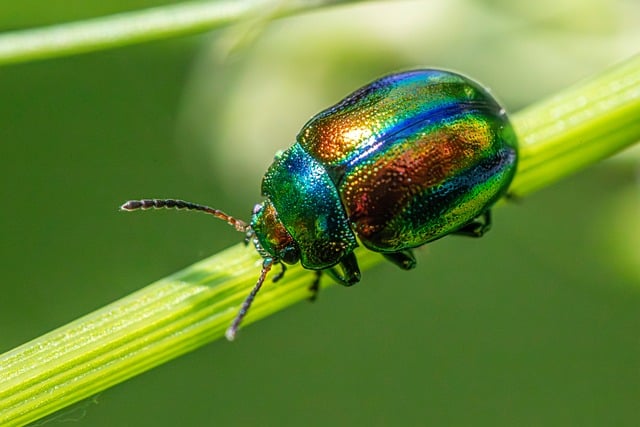A persistent musty smell in your Wheat Ridge basement may signal bed bugs. Identify the source through scent and visual signs like bites or specks. Isolate affected areas, consult a professional pest controller for tailored treatments, and seal entry points to contain the infestation. Thorough cleaning is essential for successful eradication.
Are bed bugs lurking in your Wheat Ridge home? Identifying an infestation can be tricky, but recognizing the subtle olfactory cues can be key. This article guides you through the process of discovering bed bug presence, focusing on the distinct musty scent often found in infested areas like your basement. We’ll explore effective extermination strategies once you’ve located the source, ensuring a comprehensive approach to pest control.
- Identifying Bed Bug Infestation Through Olfactory Cues
- Locating Musty Smell's Origin in Your Wheat Ridge Basement
- Effective Extermination Strategies for Bed Bugs Post Identification
Identifying Bed Bug Infestation Through Olfactory Cues

If you’re noticing a peculiar, musty smell in your Wheat Ridge basement or any other area of your home, it could be an early indicator of a bed bug infestation. While bed bugs themselves are tiny and often difficult to spot, they leave behind distinctive olfactory cues—a specific scent that can help homeowners and pest control professionals locate the source of an infection. This musty odor is produced by the bugs’ shed skin and blood-meal remnants, which accumulate over time as the bed bug population grows.
Pest control experts recommend being vigilant for this subtle yet powerful smell. If detected early, it can make the extermination process more targeted and effective. Proper identification of the infestation’s source through olfactory cues is crucial in a pest control strategy, ensuring that the treatment is applied precisely where needed and minimizing damage to non-infested areas.
Locating Musty Smell's Origin in Your Wheat Ridge Basement

If you’ve noticed a persistent, musty smell in your Wheat Ridge basement, it could be an indicator of bed bug infestation. Bed bugs and their shed skins can give off a distinct, unpleasant odor as they multiply and feed on human blood. To address this issue effectively through pest control, identifying the source is crucial. Start by closely examining dark corners, cracks, and crevices in your basement where bed bugs often hide. Look for any signs of an active infestation like small red bites on your skin or tiny specks resembling coffee grounds—these could be bed bug exoskeletons.
Once you’ve located the affected areas, isolate them to prevent the spread. Use plastic sheeting and tape to create barriers and prevent bugs from moving to other parts of your home. Next, consult with a pest control professional who can provide expert advice tailored to your specific situation. They’ll be able to assess the extent of the infestation, recommend suitable treatments (such as heat treatment or chemical applications), and guide you through the extermination process to ensure complete bed bug elimination from your Wheat Ridge basement.
Effective Extermination Strategies for Bed Bugs Post Identification

Upon identifying bed bugs, effective extermination requires a strategic approach. The first step is to locate and seal any entry points where the bugs may have entered your Wheat Ridge basement, addressing any cracks or gaps in walls, floors, and baseboards. This initial blocking phase is crucial for containing the infestation and preventing further spread.
Next, professional pest control services recommend thorough cleaning of infested areas. Regular laundry, hot water washing, and drying on high heat can kill bed bugs and their eggs. Vacuuming floors and soft furnishings also helps remove live bugs and debris. Additionally, finding the source of a musty smell, often associated with bed bug presence, is essential for successful extermination as it provides clues to hidden nests or infested items that may require specialized treatment.
Identifying and eradicating bed bugs is a multi-step process. By understanding olfactory cues, pinpointing the source of a musty smell in your Wheat Ridge basement, and employing effective extermination strategies, you can successfully navigate the path to pest control. Remember, prompt action is key; left untreated, bed bug infestations only grow more challenging to manage. With the right approach, achieving a bug-free environment becomes attainable.
